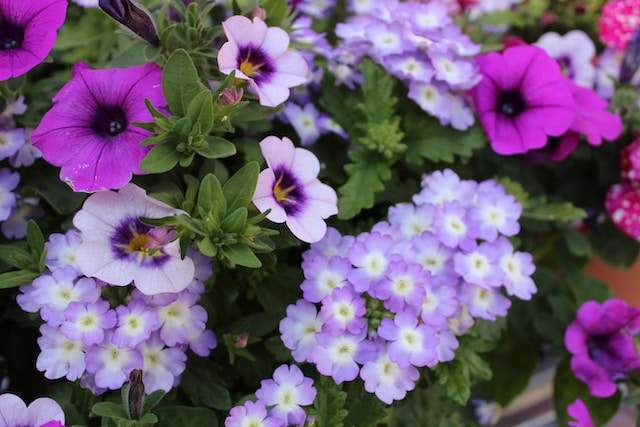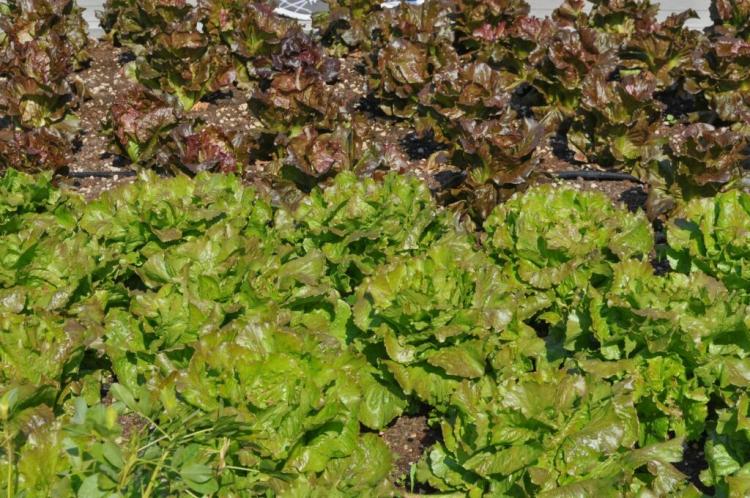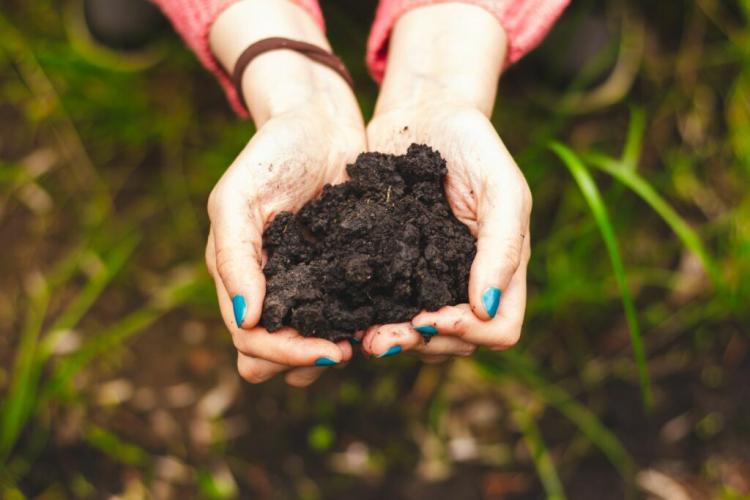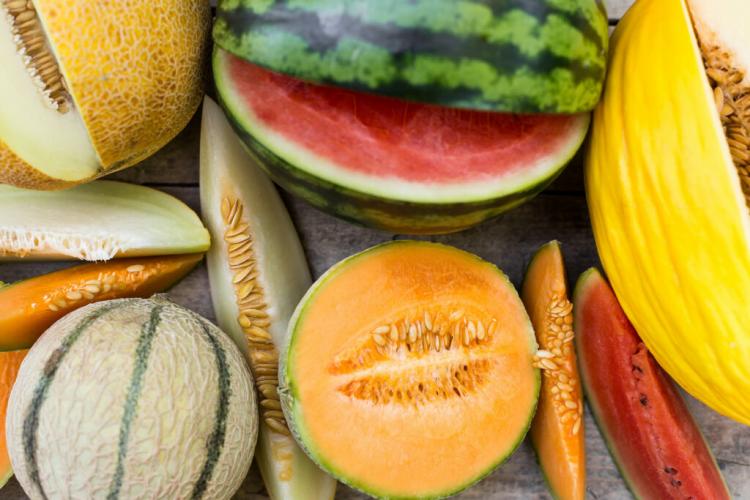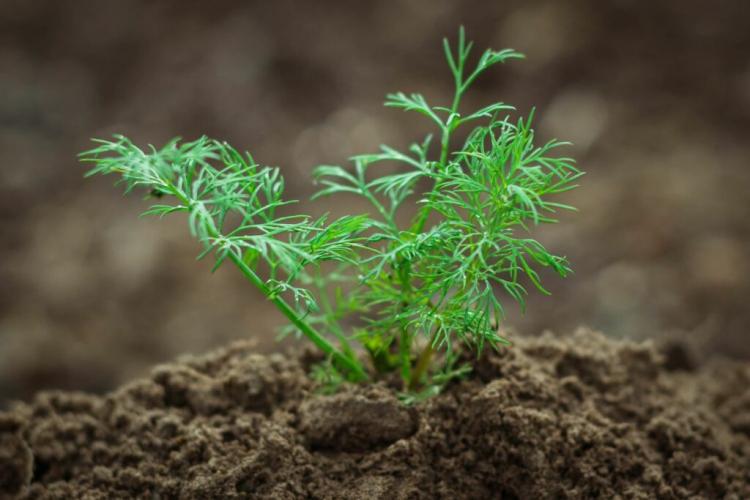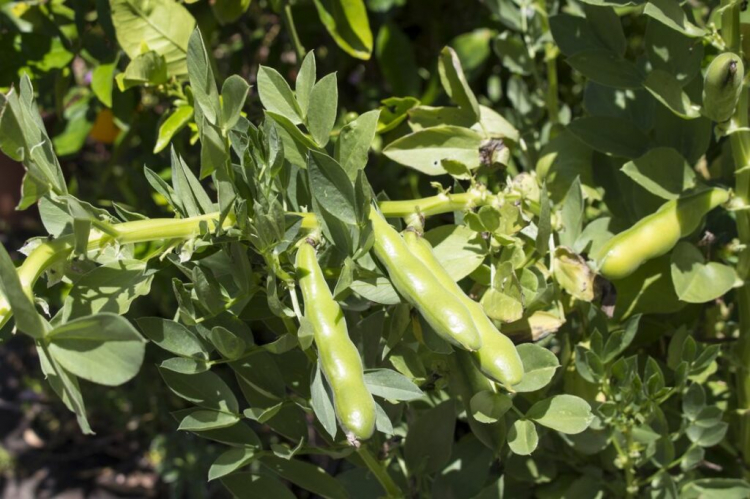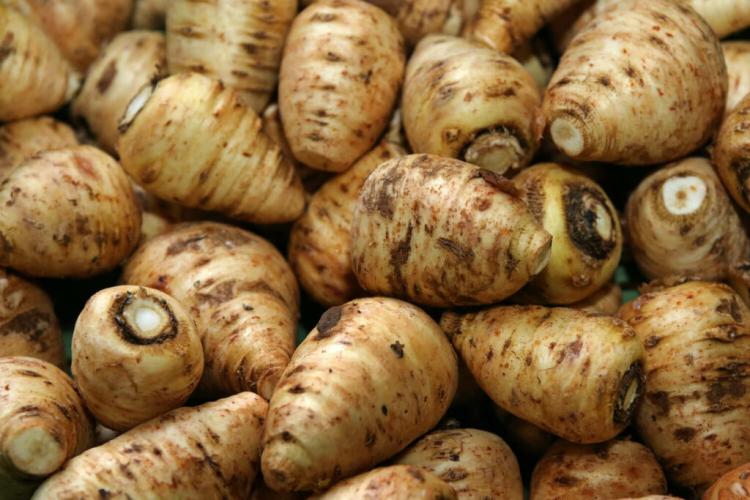Why is My Calibrachoa Dying?
Calibrachoa, also known as Million Bells, is a popular flowering plant that is a perennial in mild climates and is admired for its vibrant and abundant blooms. However, despite their resilience and adaptability, these plants can sometimes encounter issues that lead to their decline and eventual death.
Before we delve into troubleshooting, it’s important to note that calibrachoa requires specific growing conditions to thrive. These tender perennials are native to South America and commonly grown annually in many regions. Calibrachoa like to be soaked but also loves a dry pattern of watering. If the soil stays dampened because it doesn’t drain well or because of overwatering, the leaves turn brown and droop like they are dying. They prefer full sun to partial shade and well-draining soil. Maintaining the right balance of moisture, providing adequate nutrition, and keeping an eye out for pests and diseases are also vital for their overall well-being.
If you’ve noticed your calibrachoa showing signs of distress, such as wilting leaves, yellowing foliage, or stunted growth, it’s crucial to investigate the potential causes behind its decline. Understanding these factors will help you save your calibrachoa and prevent similar issues from occurring in the future.
This article explores some common factors contributing to Calibrachoa dying, providing insights and suggestions to help revive your plant and ensure its continued health and beauty. By identifying the underlying factors contributing to your calibrachoa’s demise, you can take the necessary steps to restore its vitality and enjoy the stunning display of its flowers once again.
Why is my Calibrachoa dying?
Table of Contents
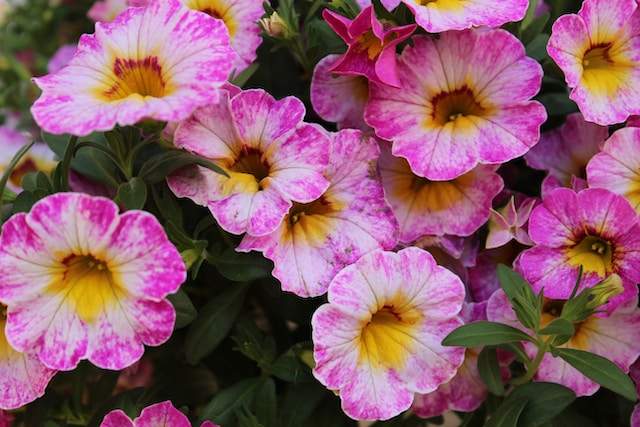
You need to figure out what’s wrong with your plant before you can learn how to fix it. If you know the problem, it’s easy to improve by taking care of it. Here are some common issues to consider:
Root Rot
Root rot is the most common reason for a dying calibrachoa due to overly damp soil.
If the dirt around the roots stays wet or muddy, fungal diseases like root rot are more likely to spread. Most plant roots rot because they get excess water. Also, you might be surprised to learn that watering too little can sometimes cause root rot.
At first, you can’t see the symptoms because the roots are under the cover. But as the rot gets worse, the plant loses its ability to get nutrients.
Your Calibrachoa’s flowers will start to die, and its leave turn brown or yellow. The leaves also start to wilt, making the whole plant look sad and droopy.
Poor Drainage
The health of your plant depends on the potting mix. The roots are deep in the soil and get the nutrients they need. The plant’s life depends on the mixture used to grow it.
If your Calibrachoa plant is in a pot with soil that doesn’t drain and breathe well, it could get waterlogged and lead to root rot.
You should also pay close attention to see if there are any bugs near your calibrachoa. You will need a pesticide as soon as possible if there is an infestation. Mites, thrips, and aphids are the most common bugs.
Your plant might also be dying because it doesn’t get enough sunlight. At least 4 hours of sunshine a day is needed for your calibrachoa. If it’s wilting because it doesn’t get enough light, move it closer to a window or purchase plant lights.
You Might Also Like: Do Peace Lillies Like to Be Root Bound?
How do you rejuvenate a calibrachoa?
You can do a few things if you have a calibrachoa showing signs of dying because of pests. It’s essential to move quickly because some things can’t be reversed. The first step is to figure out what’s wrong. The Affected plants and the plants around them must be removed immediately to stop the fungal infection from spreading. Below are tips to revive calibrachoa plants
- Remove drip trays or saucers from under the pots to let the extra water drain out and keep the roots of the calibrachoa from sitting in wet soil.
- If you put your calibrachoa in hanging basket, try to remove the plastic membrane at the bottom. This could be keeping in excess water.
- Don’t let it rain on the calibrachoa or water it for at least a week.
- Don’t use fertilizer on the calibrachoa; ensure it gets full sun. Use clean pruners to cut back any brown or yellow leaves. After each cut, wipe the blades with a cloth soaked in alcohol disinfectant. This will stop any fungus spores from getting on healthy plant tissue.
- Always plant calibrachoa in multipurpose compost. This is because compost can hold enough water for the calibrachoa to grow, but its structure enables excess water to drain away from the roots to keep the soil from getting too wet.
- When you plant calibrachoa in garden borders, you should always add compost to emulate their preferred soil conditions. Don’t put calibrachoa in clay soil because clay holds too much water, making the roots rot, and the plant dies. Plant calibrachoa in pots if your garden has clay soil or wet spots. Making favorable drainage conditions in pots and containers is much easier than in garden soil.
If you take care of the plant the right way and water it just enough so that the soil can dry out, you can significantly decrease the, and a water-stressed calibrachoa should show signs of recovery after a week.
You Might Also Like To Types of Lillies
How to revive calibrachoa leaves turning yellow
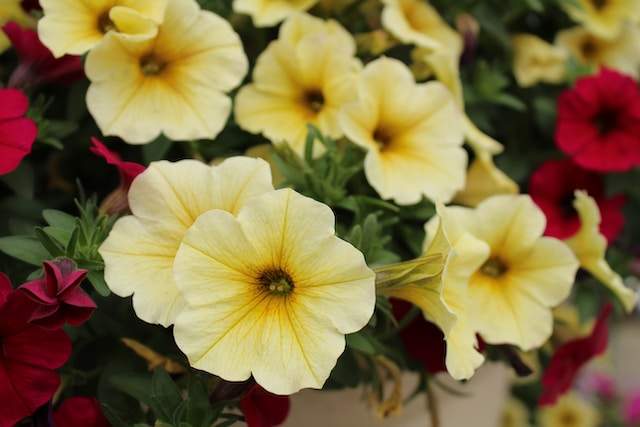 To keep your calibrachoa leaves from going yellow, fertilize your calibrachoa pots with a half-strength all-purpose fertilizer to get them growing again. For calibrachoa in pots, it is recommended to use an all-purpose fertilizer such as Miracle-Gro because it consists of all the necessary nutrients that calibrachoa needs. Avoid applying the fertilizer directly onto the leaves or flowers, as it may cause burning or damage. Use a liquid fertilizer once every 2-4 weeks to keep your calibrachoa in the best shape, help it bloom, and keep its leaves from going yellow. Watering the calibrachoa thoroughly after applying the fertilizer is essential to help the nutrients reach the root system effectively. Proper watering and regular fertilization will contribute to healthy growth and vibrant blooms in your calibrachoa plants.
To keep your calibrachoa leaves from going yellow, fertilize your calibrachoa pots with a half-strength all-purpose fertilizer to get them growing again. For calibrachoa in pots, it is recommended to use an all-purpose fertilizer such as Miracle-Gro because it consists of all the necessary nutrients that calibrachoa needs. Avoid applying the fertilizer directly onto the leaves or flowers, as it may cause burning or damage. Use a liquid fertilizer once every 2-4 weeks to keep your calibrachoa in the best shape, help it bloom, and keep its leaves from going yellow. Watering the calibrachoa thoroughly after applying the fertilizer is essential to help the nutrients reach the root system effectively. Proper watering and regular fertilization will contribute to healthy growth and vibrant blooms in your calibrachoa plants.
How do you fix root rot in calibrachoa?
When reviving a calibrachoa, you should first look for signs of root rot. If your calibrachoa plants have brown or mushy roots and their leaves turn yellow and are dying, there is probably root rot. You can save your plant if the root rot is not too severe. First, you should cut off all the affected roots. This will help keep the damage to your plant to a minimum and give it a good chance of getting better. Next, remove any wilting leaves and leave healthy ones on your plant. Give your calibrachoa a fresh start by moving it immediately to a new pot with fresh soil. After you’ve done the other steps, provide the plant with an adequate amount of water and air to give it the best chance to grow back. If too many roots have black tips or almost all of the roots are slimy, your plant may not recover. When that happens, you should just start over with a new one.
How often should you water calibrachoa plant?
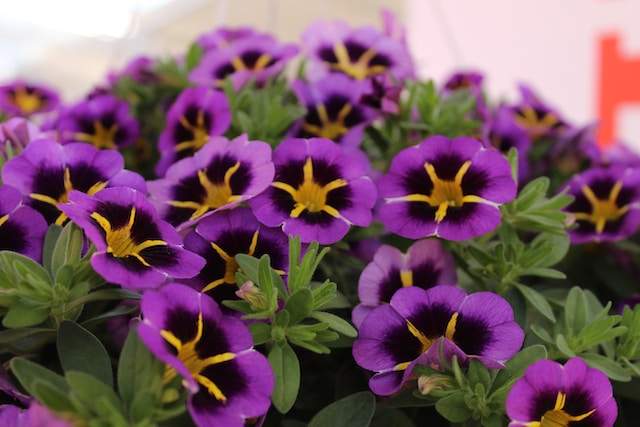 Calibrachoa is a type of flower that does well in places with high humidity. If they don’t get enough water, their leaves quickly get moldy, so it’s important to follow these watering rules carefully. Calibrachoa likes to soak up water and then let it dry out. They need a lot of water; then they need to dry out before watering again. This ensures their roots get the water they need without getting root rot. They get a lot of water once a week, which keeps the roots from always sitting in damp dirt.
Calibrachoa is a type of flower that does well in places with high humidity. If they don’t get enough water, their leaves quickly get moldy, so it’s important to follow these watering rules carefully. Calibrachoa likes to soak up water and then let it dry out. They need a lot of water; then they need to dry out before watering again. This ensures their roots get the water they need without getting root rot. They get a lot of water once a week, which keeps the roots from always sitting in damp dirt.
Does calibrachoa come back every year?
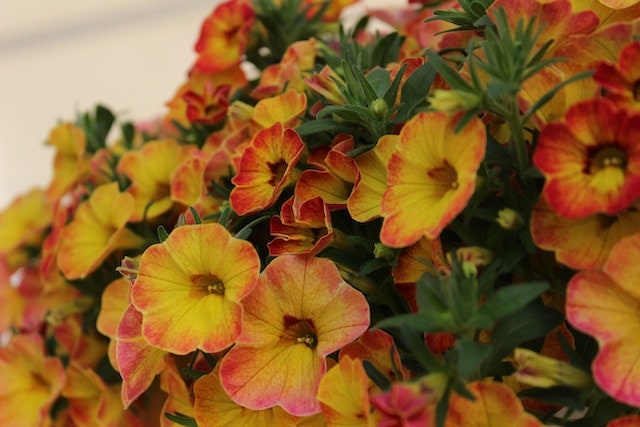 Calibrachoa grows as an annual in its native South America. In colder areas, most gardeners grow them as summer annuals. Cuttings of this plant are an easy way to make more of them. This means you can cut off pieces of the plant, get roots in them, and grow them indoors in a place with a lot of light. Calibrachoa is one of the plants that die back in winter; you can keep them safe by bringing them inside during the winter.
Calibrachoa grows as an annual in its native South America. In colder areas, most gardeners grow them as summer annuals. Cuttings of this plant are an easy way to make more of them. This means you can cut off pieces of the plant, get roots in them, and grow them indoors in a place with a lot of light. Calibrachoa is one of the plants that die back in winter; you can keep them safe by bringing them inside during the winter.
Conclusion
Understanding the reasons why your Calibrachoa is dying is crucial to help this beautiful annual flowering plant thrive. If you notice a dying appearance in your Calibrachoa, such as browning leaves or the plant dying back, it is essential to identify the underlying causes. Several factors can contribute to the decline of Calibrachoa. Insufficient water or improper watering practices can lead to the demise of Calibrachoa. This plant requires consistently moist but well-drained soil. Overwatering is one of the causes of root rot, while underwatering can lead to dehydration and stress. Inadequate sunlight can negatively impact the health of Calibrachoa. These plants thrive in full sun, requiring a minimum of six hours of direct sunlight daily. Insufficient light can weaken the plant, making it susceptible to diseases and pests. By providing the plant with adequate care, including proper watering, sufficient sunlight, appropriate nutrition, and vigilant pest and disease management, you can create an environment conducive to the health and thriving of your Calibrachoa.
You Might Also Like How To Fertilize Dahlias
